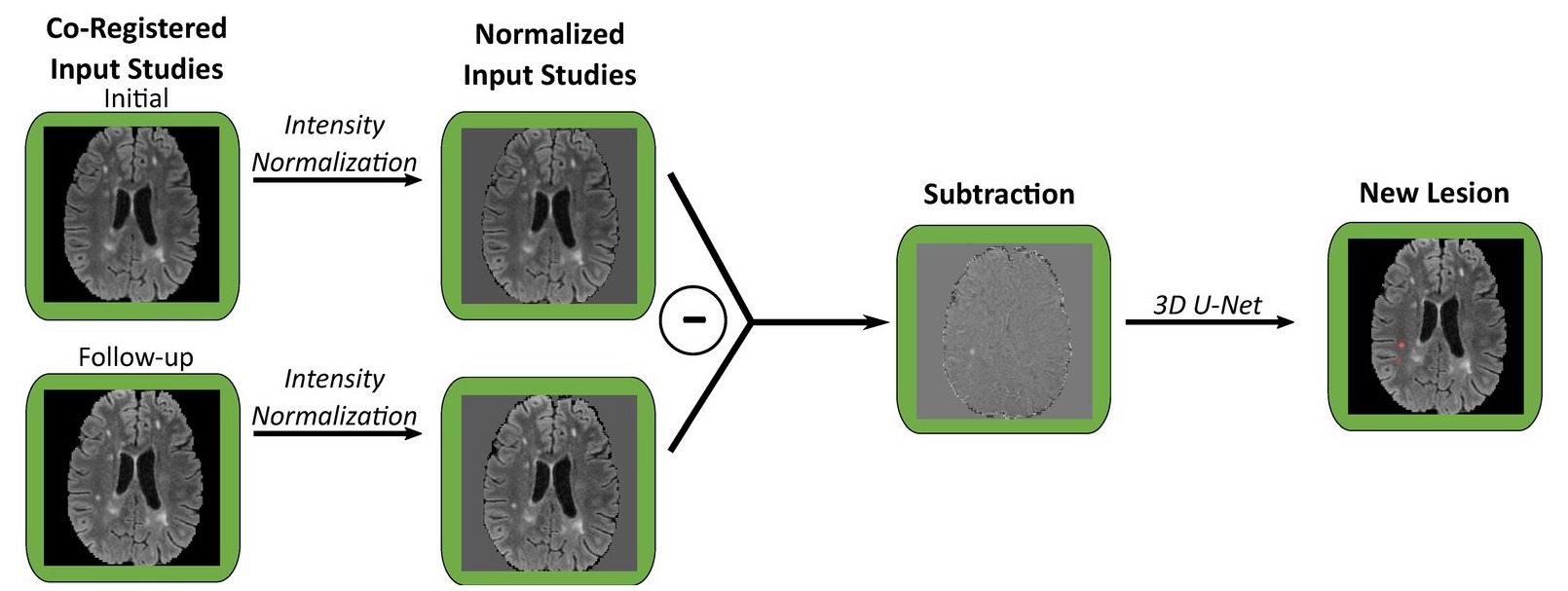
When AI leverages large amounts of data it can be used to produce diagnostic tools that help locate abnormalities faster and more accurately. However, for patients with diseases like multiple sclerosis (MS) the full potential of these new technologies is difficult to achieve, as many published algorithms require a large amount of manually segmented training data that may not be easily available. Even those tools trained on appropriate data sets where they are available can still drop in performance when employed at a new healthcare institution.
UCSF clinicians and imaging scientists have made strides to overcome the hurdle of the large datasets requirement for training deep learning models. In “3D U-Net for automated detection of multiple sclerosis lesions: utility of transfer learning from other pathologies,” published in Frontiers in Neuroscience, the authors explored…

























